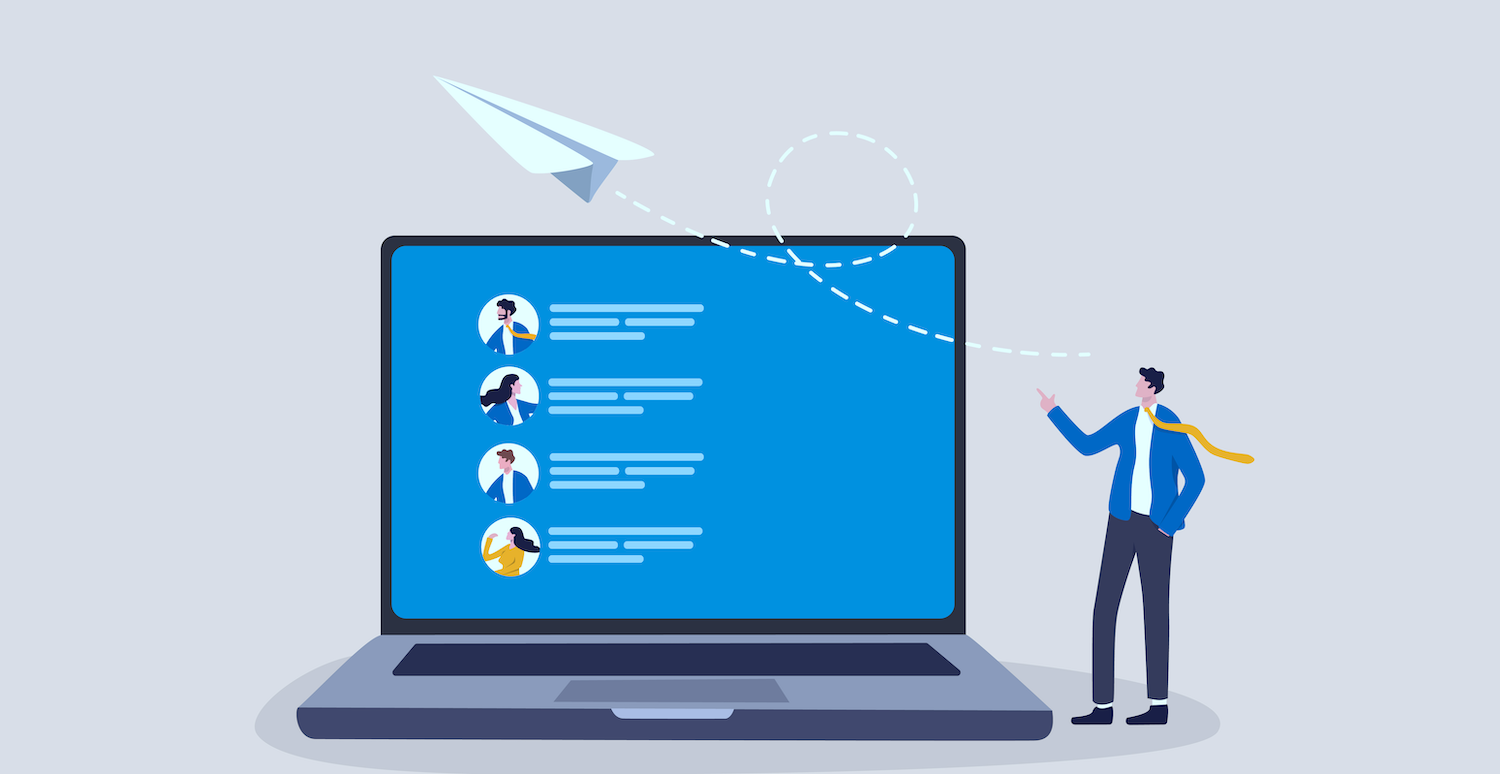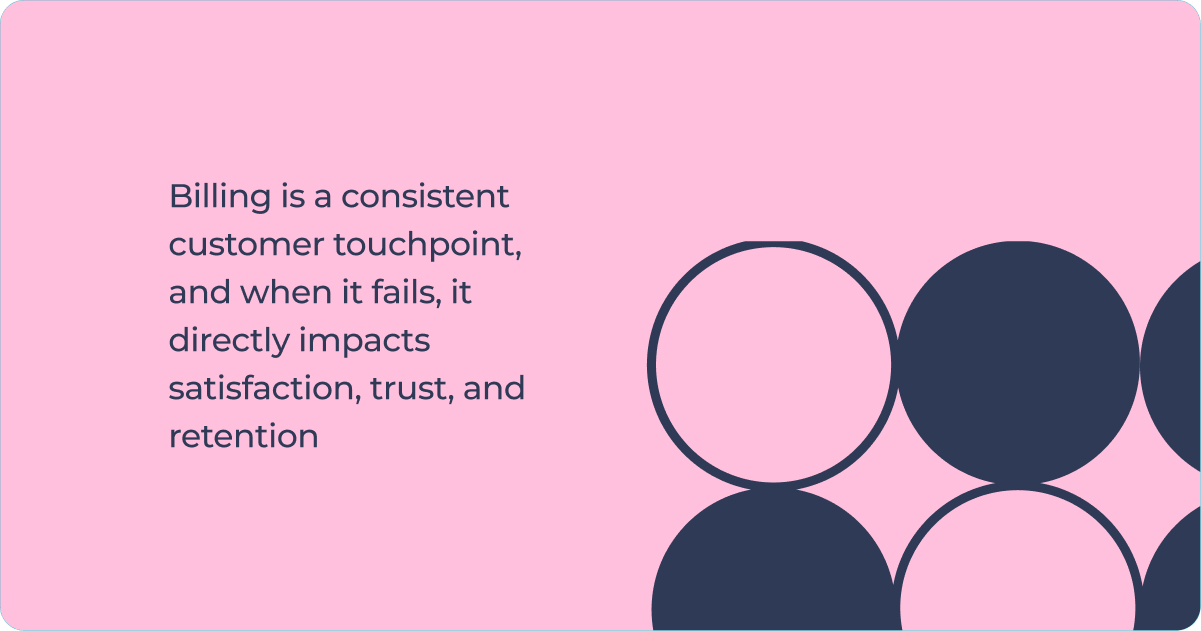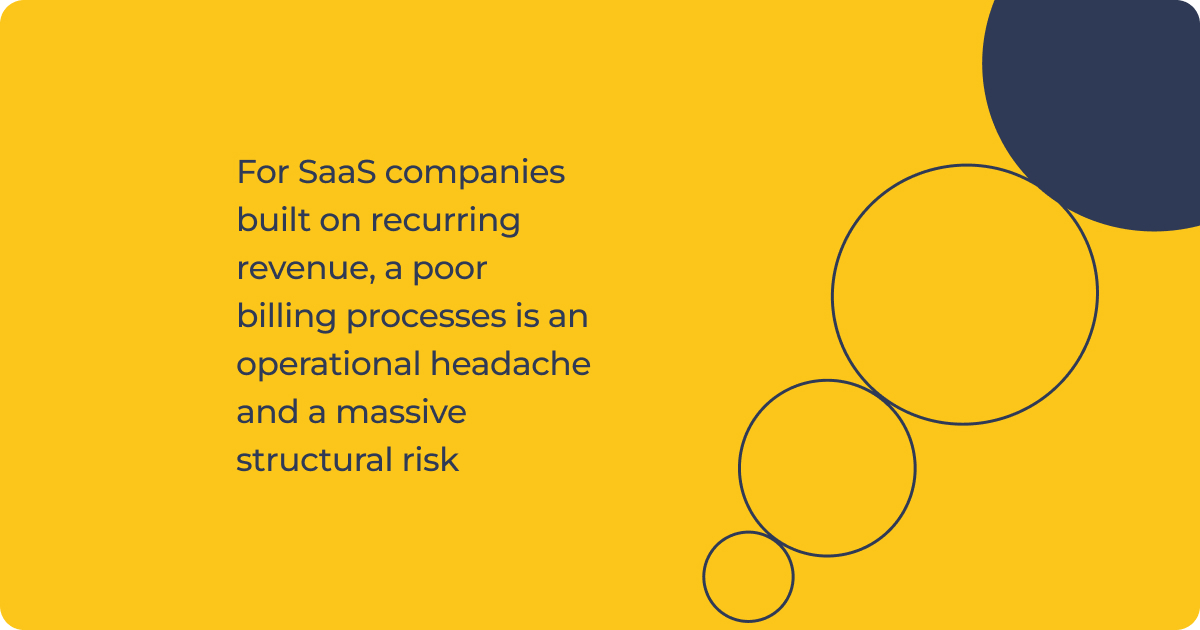(This blog was updated in October 2025.)
The subscription economy has changed our business life forever. It has never been easier to onboard customers, but that comes at the price of having to work hard to maintain the client and to keep a positive Customer Lifetime Value (CLV).
Let’s look into the deceptive simplicity of B2B SaaS billing, and how to manage the many changes required when maintaining a B2B contract over a longer-term customer relationship.
In 2025, this is even more relevant than when we first wrote this. SaaS companies are stacking more pricing models (seat-based, usage-based, tiered, hybrid), adding marketplaces and partner discounts, and trying to stay compliant across regions.
That’s where a modern SaaS subscription management platform or SaaS recurring billing engine quietly becomes the adult in the room: it keeps contract reality, product catalog, and invoicing in sync. If those three drift apart, revenue leaks. If they stay aligned, CLV goes up and churn goes down.
Managing Moving Panels Over a Contract Lifecycle
Contract changes are bound to happen in B2B SaaS, they are even expected and desired. Many companies onboard customers with freemium models or lower-end price plans, and the actual growth is performed as the contract evolves.
New pricing models, changing client needs, new features, and the dynamic client-supplier relationship, in general, all impact CLV. Moreover, the way you can proactively manage these changes will be critical for your profitability. Often, the profitability lies at the tail end of your contract life cycle.
This is exactly why teams graduate from spreadsheets and homegrown billing scripts to proper SaaS subscription billing solutions. The point is not just to “send invoices.”
It’s to connect: product → contract → billing → revenue recognition → reporting. When finance, sales, and customer success see the same contract state, upgrades, co-termed add-ons, and prorations become routine instead of custom projects.
Roughly Right Is Precisely Wrong
As time-to-market is critical in the SaaS business, it is often said that roughly right is better than precisely wrong. Nothing could be further from the truth in your contract and billing process.
With pricing models that likely will change as your business evolves, contracts subject to customer negotiations, and lots of other open ends, you are about to create a headache for your administrator. What you need is a contract and billing setup that is both precisely right and flexible when things change over time.
A good SaaS subscription management software setup gives you exactly that paradox: precision and agility. Precision, so your invoices reflect the real contracted quantities, discounts, bundles, and periods; agility, so you can insert mid-term upgrades, apply usage charges, or pause/downgrade without rewriting the whole contract. “We’ll fix it later” is where revenue leakage, audit pain, and customer disputes are born.
5 Key Points When Managing B2B Saas Billing
So, what are the key elements you should take into consideration when you are looking to scale your B2B SaaS billing?
- Create a contract and billing setup that makes it easy to add new customer-specific prices and service components.
This is where a configurable SaaS subscription management tool matters. Your largest customers will always want non-standard terms. If your system can’t handle “one-off but billable” situations, people will start tracking them in side sheets, and finance will have to remember them every month. - Spend time to do it first-time-right, with the right attributes and the contract set up as a digital twin.
First-time-right here means: clear billing periods, currencies, tax/VAT rules, usage sources, and proration rules. A solid SaaS billing software foundation makes future change management boring, which is what you want. - Ensure system flexibility to apply changes quickly and accurately. Those can be in product and service bundling, fixed recurring fee changes, additional services, or different pricing models.
In practice, this means supporting subscriptions, recurring fees, and usage in the same engine. Modern SaaS doesn’t live on a single model anymore; you need recurring + usage + overages + maybe minimum commitments. - Make sure you can easily manage adjustments and handle downgrades. Also, make sure you can manage upfront or pre-payments, reconcile and process actual usage.
Customer success teams promise flexibility. Billing must be able to deliver it. A good SaaS subscription software setup should support credits, true-ups, and partial-period billing without creating reconciliation nightmares. - Enable your contract and billing setup to predict and mimic monetization of new offerings or changes to existing offerings.
This is the sneaky superpower: test new pricing models in the system before taking them to market. If your SaaS subscription management platform can simulate them, product and finance can work together instead of throwing pricing PDFs at each other.
Your Billing Digital Twin
Ideally, your billing solution functions as a digital twin of your contracts. This allows you to model your contracts with full flexibility.
A subscription management platform for B2B also gives you full insight and transparency at all times of the lifecycle, including re-pricing. Being able to capture all aspects of your contract, along the full lifecycle, is what Good Sign is all about.
To put it differently: your billing engine should not just “follow orders” from CRM; it should know the contract. When billing is the digital twin, you can do things like: co-term multiple subscriptions under one master agreement, bill subsidiaries separately, split recurring and usage lines, and give finance real MRR/ARR views without manual patching. That’s where real SaaS subscription billing maturity lives.
Why this matters now
- SaaS buyers expect self-service changes (add users, add modules, change billing frequency). If your billing can’t reflect those instantly, support load and disputes go up.
- Revenue teams want faster time-to-cash. Clean, automated SaaS recurring billing means fewer blocked invoices.
- Auditors and investors want traceability: when was this price applied, under which terms, based on which usage source? A contract-aware billing system can answer that without archeological digs through emails.
So the working theory here is simple: the closer your billing is to your real commercial logic, the more scalable and profitable your SaaS becomes. The further away it is, the more your staff end up doing interpretive dance with spreadsheets.
To land the plane: B2B SaaS billing isn’t “just invoicing.” It's an ongoing contract choreography. And the best choreographers today are purpose-built SaaS subscription management software and SaaS subscription billing solutions that behave like digital twins.
When you have that in place, every expansion, downgrade, or new pricing model becomes a configuration task—not a hero project. That’s how you protect CLV while still moving fast.



